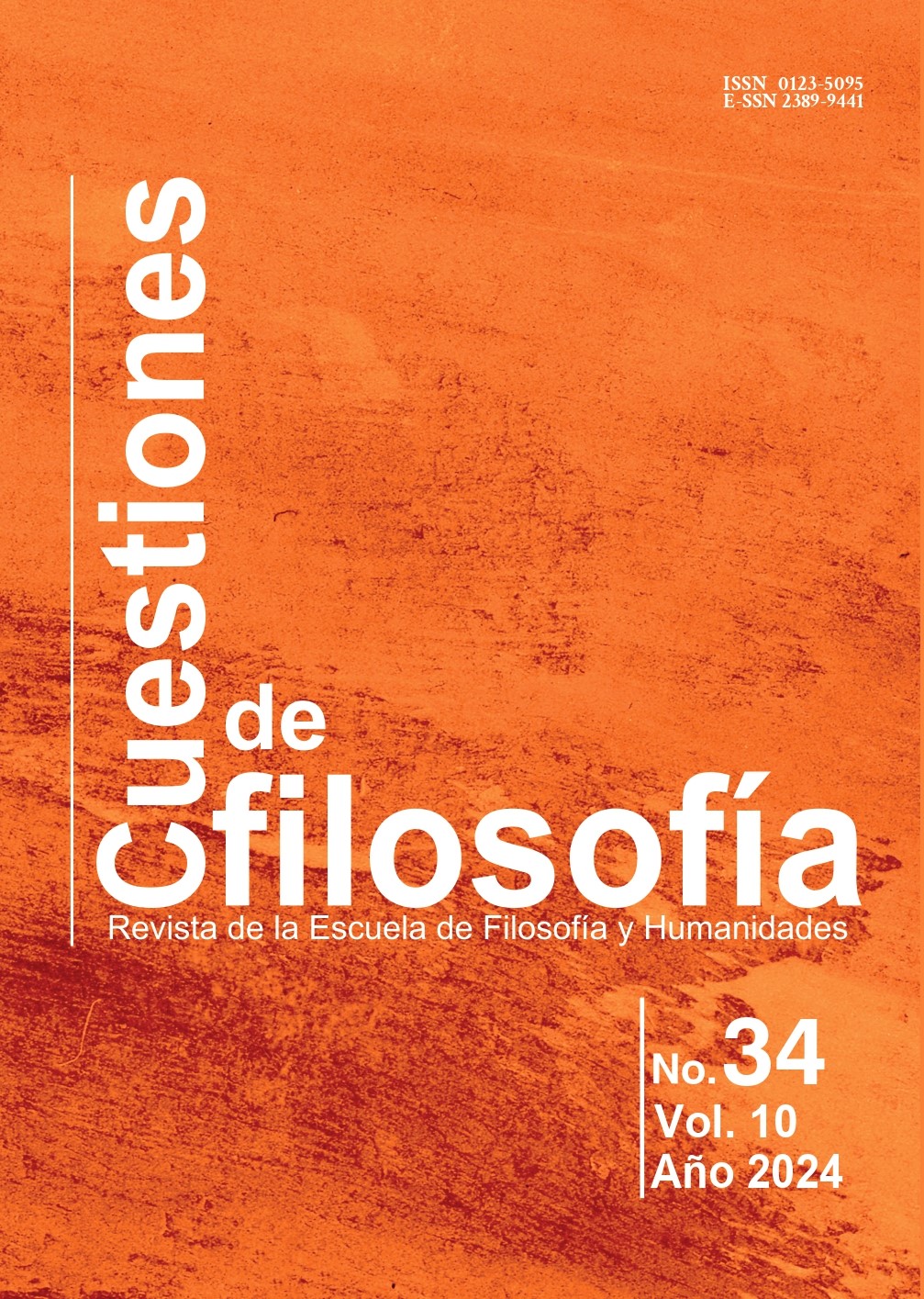The concept of emptiness in Nishitani Keiji and the culmination of the phenomenological method

Abstract
Phenomenology has its historical origins in Edmund Husserl´s thought. This author developed the phenomenological method, which aims to reach the “things themselves”. The development of the concept of phenomenology is further continued through the work of Nishitani Keiji. In the phenomenology of this author belonging to the so-called “Kyoto School”, one arrives at the understanding of the “thing itself” as emptiness. This essential concept of his thinking is analyzed in the first section of this article. The second section focuses on an analysis of the works of Dōgen and Meister Eckhart as well as their reception in the thought of Nishitani Keiji. These authors are paradigmatic examples of a type of thinking that cannot be framed within the Western and Eastern metaphysical and onto-theological traditions. In the third section, it is explained how the experience of emptiness culminates in the ultimate aspiration of phenomenology to reach the “things themselves”. Essential in this section is Nishitani’s confrontation with Heideggerian thought. Finally, in the last section, and by way of conclusion, a proposal is made regarding possible lines of research based on the developments by Heidegger and by Nishitani.
Keywords
emptiness, Nishitani, Dōgen, Meister Eckhart, Heidegger
References
- Buchner H. (Ed.) (1989). Japan und Heidegger, Gedenkschrift der Stadt Meßkirch zum hundertsten Geburtstag Martin Heideggers. Sigmaringen: Jan Thorbecke.
- Dōgen, K. (2002). The Heart of Dōgen`s Shōbōgenzō. New York: State University of New York Press.
- Heidegger, M. (1961). Nietzsche II. Stuttgart: Neske.
- Heidegger, M. (1976). Was ist Metaphysik? von Herrmann, F. W. (Hrsg.). Wegmarken (GA 9). (pp. 103-122). Frankfurt a. M.: Vittorio Klostermann.
- Heidegger, M. (1977). Sein und Zeit. Frankfurt a. M.: Vittorio Klostermann.
- Heidegger, M. (1983). Zur Erörterung der Gelassenheit. von Herrmann, F. W. (Hrsg.). Aus der Erfahrung des Denkens 1910-1976 (GA 13). (pp. 37-74). Frankfurt a. M.: Vittorio Klostermann.
- Heidegger, M. (1989). Beiträge zur Philosophie (Vom Ereignis). Frankfurt a.M.: Vittorio Klostermann.
- Heidegger, M. (1997). Der Satz vom Grund. Frankfurt a. M.: Vittorio Klostermann.
- Husserl, E. (1901). Logische Untersuchungen, Zweiter Theil: Untersuchungen zur Phänomenologie und Theorie der Erkenntnis. Halle: Niemeyer.
- Marra, M. (1999). Modern Japanese Aesthetics. A Reader. Honolulu: University of Hawai’i Press.
- Masao, A. (1997). Zen and Comparative Studies. Honolulu: University of Hawai’i Press.
- Meister Eckhart (2009). The Complete Mystical Works of Meister Eckhart. New York: Herder.
- Nishitani, K. (1965). Science and Zen. The Eastern Buddhist, 1 (1), pp. 79-108. http://www.jstor.org/stable/44364449
- Nishitani, K. (1966). The Awakening of Self in Buddhism. The Eastern Buddhist, 1 (2), pp. 1-11. http://www.jstor.org/stable/44359640
- Nishitani, K. (1982). Religion and Nothingness. Berkeley / Los Angeles: University of California Press.
- Nishitani, K. (1990). The self-overcoming of nihilism. Albani: Suny.